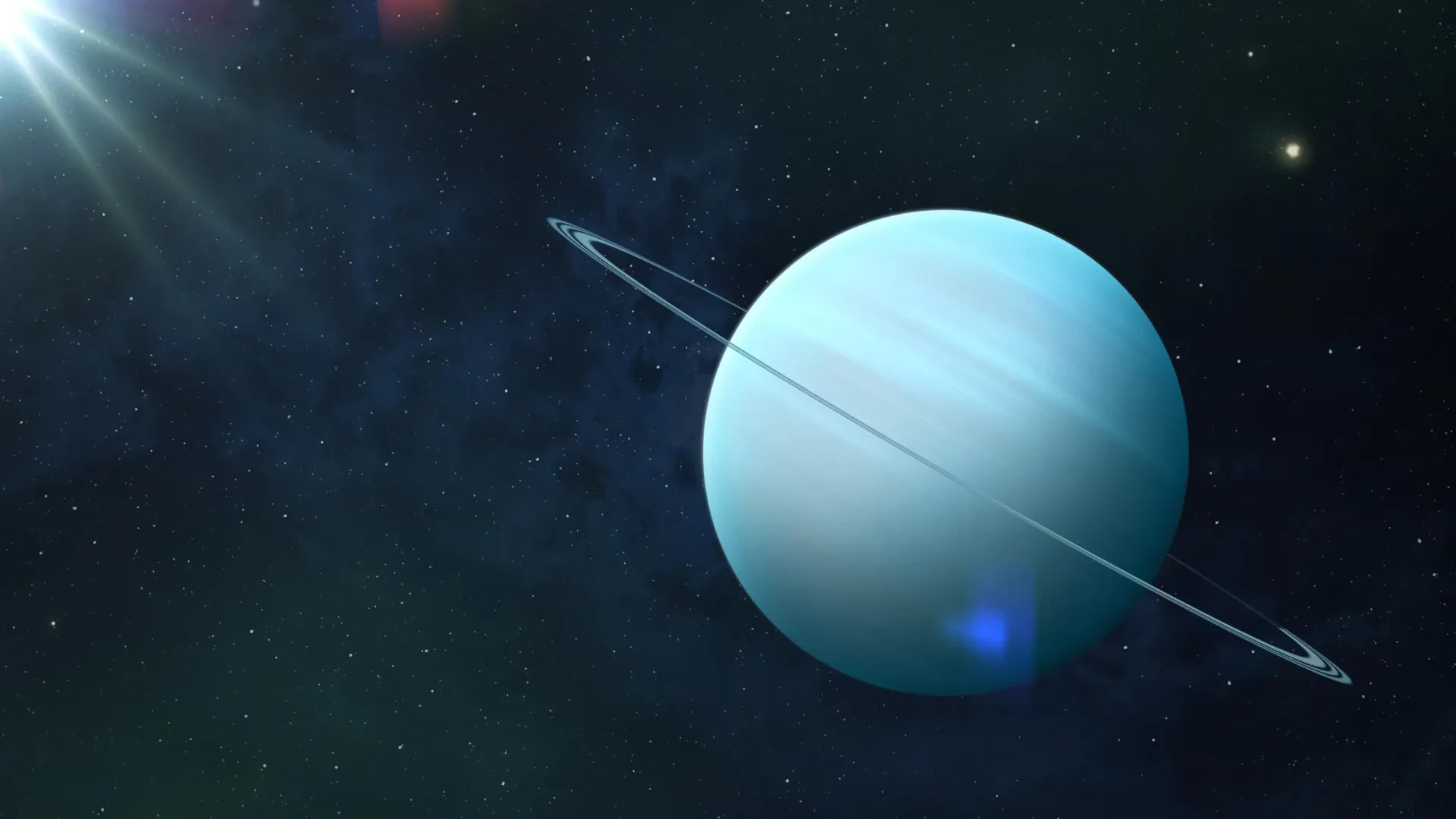A new model suggests gravitational waves, not cosmic inflation, seeded the universe’s structure—challenging decades of cosmology and building on Einstein’s early work.

October 19, 2025

Source:
SciTechDaily
New Model Proposes Gravitational Waves Seeded the Cosmos
Researchers have unveiled a cosmological model that highlights gravitational waves, not cosmic inflation, as the main force shaping the structure of the universe. This new framework draws inspiration from early 20th-century work by Einstein and De Sitter, discarding speculative elements like hypothetical inflaton particles, and instead focuses on quantum fluctuations in the fabric of spacetime itself (ScitechDaily).
Roots in De Sitter Space-Time
The model begins with a De Sitter space, a concept first developed by Einstein and Willem De Sitter in the 1920s. In this view, the universe starts from a vacuum energy–driven state, where quantum mechanical processes produce tiny ripples—gravitational waves—across the cosmos (Space.com).
Keep up with the story. Subscribe to the PR+ free daily newsletter

Source:
Science Daily
How the New Model Breaks from Cosmic Inflation
Unlike traditional inflation theory, which proposes exponential expansion triggered by a hypothetical field, this approach does not require speculative inflaton particles. Instead, it posits that quantum fluctuations in gravity alone explain the universe’s initial density differences, from which galaxies and stars would form (ScitechDaily).
No Inflaton Required: The model avoids adjustable parameters used in classic inflationary theories.
Testable Predictions: It produces specific forecasts, like the amplitude of primordial gravitational waves, that modern detectors may soon measure (Wikipedia).
Gravitational Wave Observatories at the Forefront
Facilities like LIGO, VIRGO, and KAGRA could provide the data needed to confirm or refute these predictions (University of Tokyo).
Read More

Source:
Science News
Share this news:




















